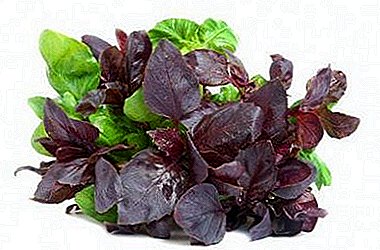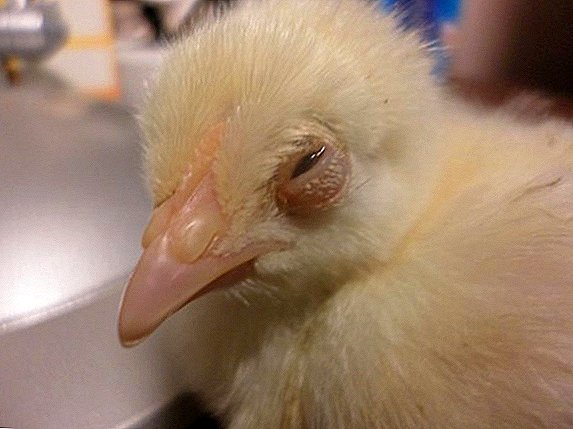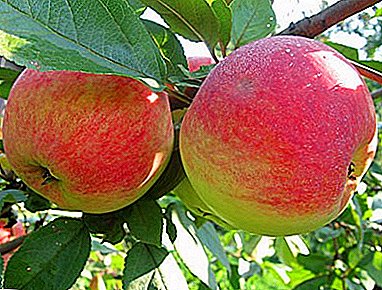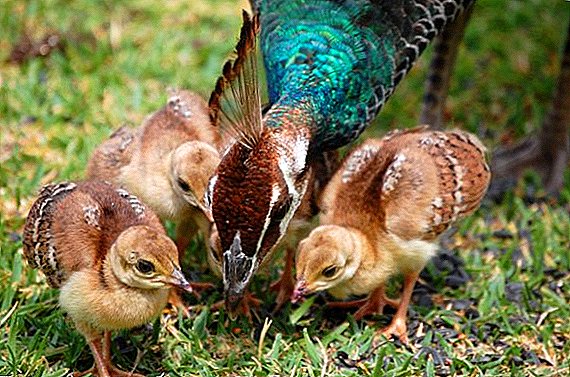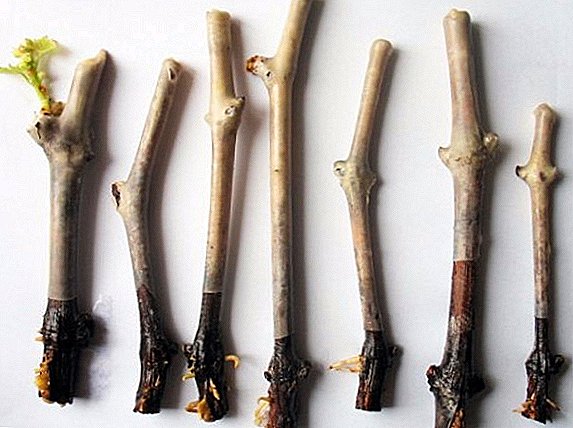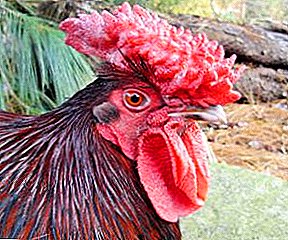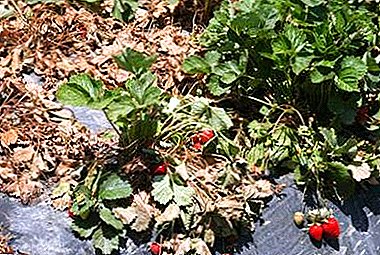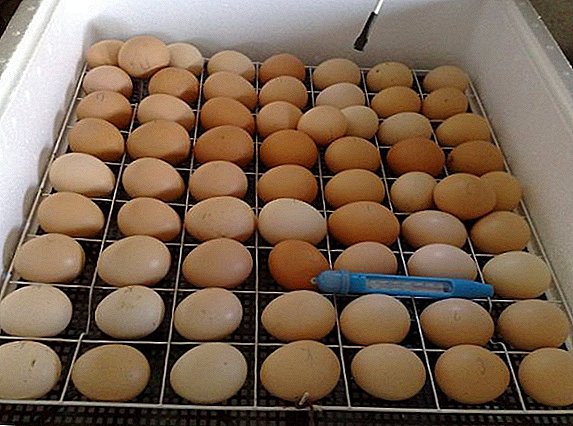 When breeding poultry often raises the question of the breeding of offspring, and therefore can not do without laying eggs in the incubator. In this article we will tell you what aspects you should pay attention to when choosing eggs, as well as about the time of their storage.
When breeding poultry often raises the question of the breeding of offspring, and therefore can not do without laying eggs in the incubator. In this article we will tell you what aspects you should pay attention to when choosing eggs, as well as about the time of their storage.
According to external characteristics
This is the initial stage of selection of quality material for incubation. When laying in the incubator is to check the thickness, elasticity and strength of the shell. When one egg is tapped on another, a damaged sound will emit a dull sound. 
Weight
The weight of the egg affects the correct incubation. The most optimal way to put in an incubator is a medium size specimen. Too large eggs can lead to the death of the embryo, and small ones can hatch small birds, which will carry eggs of small size and be attacked by stronger individuals.
Learn how to choose the right incubator for your home.
However, it is not always possible to place copies of identical size in the incubator; some of them are larger, others are slightly smaller. In order for the chicks to appear at the same time, even when incubating eggs of different sizes, you must first place the largest ones in the incubator, after 4 hours put there medium-sized specimens, and after another 4 hours - the smallest ones.
Important! Before laying eggs in an incubator, it is absolutely not recommended to wash them under a tap and remove dirt from them with a knife, as this may harm them and reduce the likelihood of chicks.
The form
The shape of the material for bookmarks in the incubator is not the last. Immediately it is necessary to reject too small copies and having the wrong structure. Scalls and roughness on the shell also make them unsuitable for incubation. In an egg, blunt and sharp ends should have a clear distinction and a smooth transition from one part to another. 
Size of the air chamber
This criterion is measured using a special ovoskop device by examining eggs. The air chamber (blackout about 4-9 millimeters) must necessarily be located at the blunt end, while the yolk is located in the center, shifting slightly to the air chamber. When turning the eggs, the air chamber remains fixed. The increased size of the blackout indicates a stale material.
Shell color
The stronger pigmentation is expressed in the egg, the greater the likelihood of hatching. If the marbling is observed on the shell, it is better not to use it. Also, do not need to use specimens with light stripes, it is an indicator of prolonged shell microcracks.
Did you know? The first primitive incubators appeared in ancient Egypt, the high honor of breeding birds was entrusted exclusively to the priests in the temples.
Olive-green, grayish or pink spots on the shell indicate the beginning of decomposition, so the bookmark of such instances should be abandoned. The natural color of the shell does not affect the hatchability of chicks, it must be natural for birds of a particular species and breed. 
Table normal weight for different birds
If there are special scales, the table below will help you choose the most suitable testicles for insertion into the incubator.
| Bird species | Egg weight in grams |
| Hen | 60 |
| Turkey | 70 |
| Duck | 70 |
| Goose | 120 |
| Guinea fowl | 50 |
| Quail | 10 |
How much egg is stored for incubation
Proper storage of material for incubation is an important factor. Shelf life should be minimal and be:
- for chicken and turkey eggs - no more than 5 days,
- duck and quail - up to 8 days,
- from geese and guinea fowls - no more than 10 days.
Important! The longer the eggs are stored, the lower the hatchability of the chicks.Unfavorable humidity and storage temperature contribute to the aging of eggs. Temperatures below 0 ° C lead to cracking of the shell and the death of the embryo, if it exceeds +20 ° C, the embryo will develop incorrectly and will die in time. The most suitable temperature should be at the level of + 10 ... +15 ° С, humidity should be 65-80%.
 The storage room must be ventilated and protected from direct sunlight. Mold can develop in a poorly ventilated room, which will have a bad effect on the material for the incubator. The position of the eggs during storage is also important:
The storage room must be ventilated and protected from direct sunlight. Mold can develop in a poorly ventilated room, which will have a bad effect on the material for the incubator. The position of the eggs during storage is also important:- chicken, small duck, chicken and turkey eggs set vertically with a sharp end down;
- large-sized ducks in a semi-bent position;
- goose - on the side.
Did you know? In Europe, the first incubator was invented by the Italian physicist Port in the 18th century, but was burned at the request of the Inquisition.
You need to store eggs in special racks with sliding shelves, placing each in a separate cell, but in a small farm you can use the cells that sell eggs in stores. In this case, it is better to give preference to plastic, since the cardboard version absorbs moisture and odors better, as a result of which mold can form there.
The selection of eggs for an incubator requires care and a serious approach. Following all the tips and instructions, you can choose the appropriate material for incubation, which in the future will help increase the number of birds.




